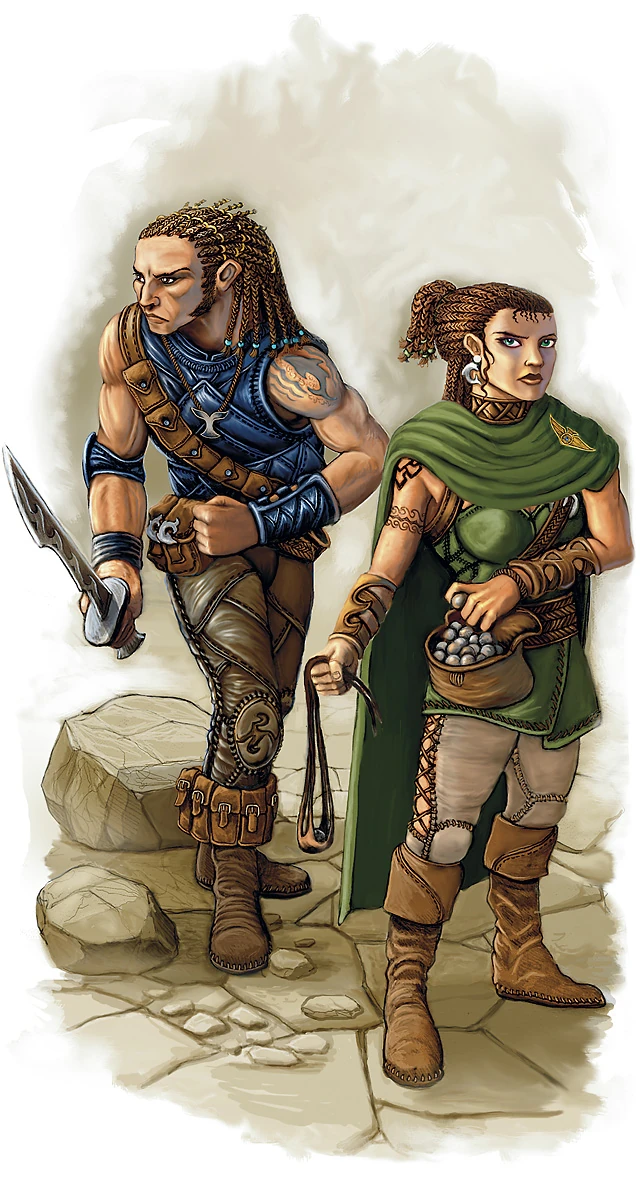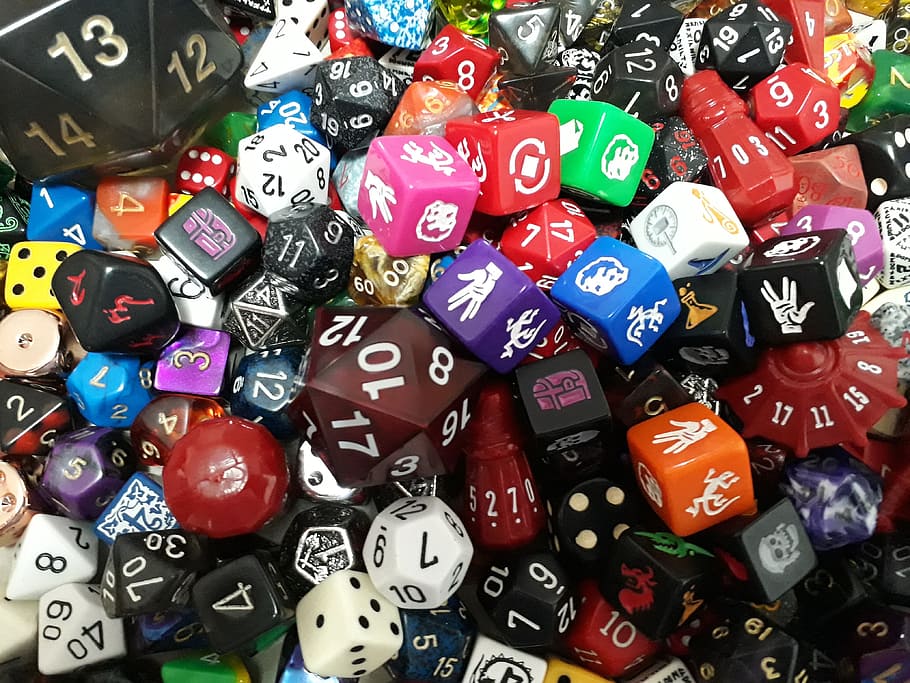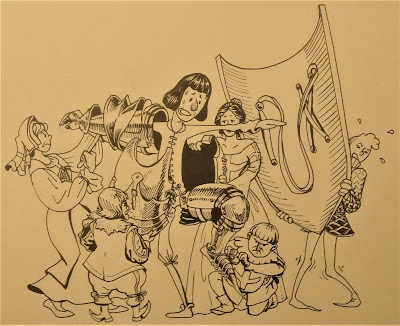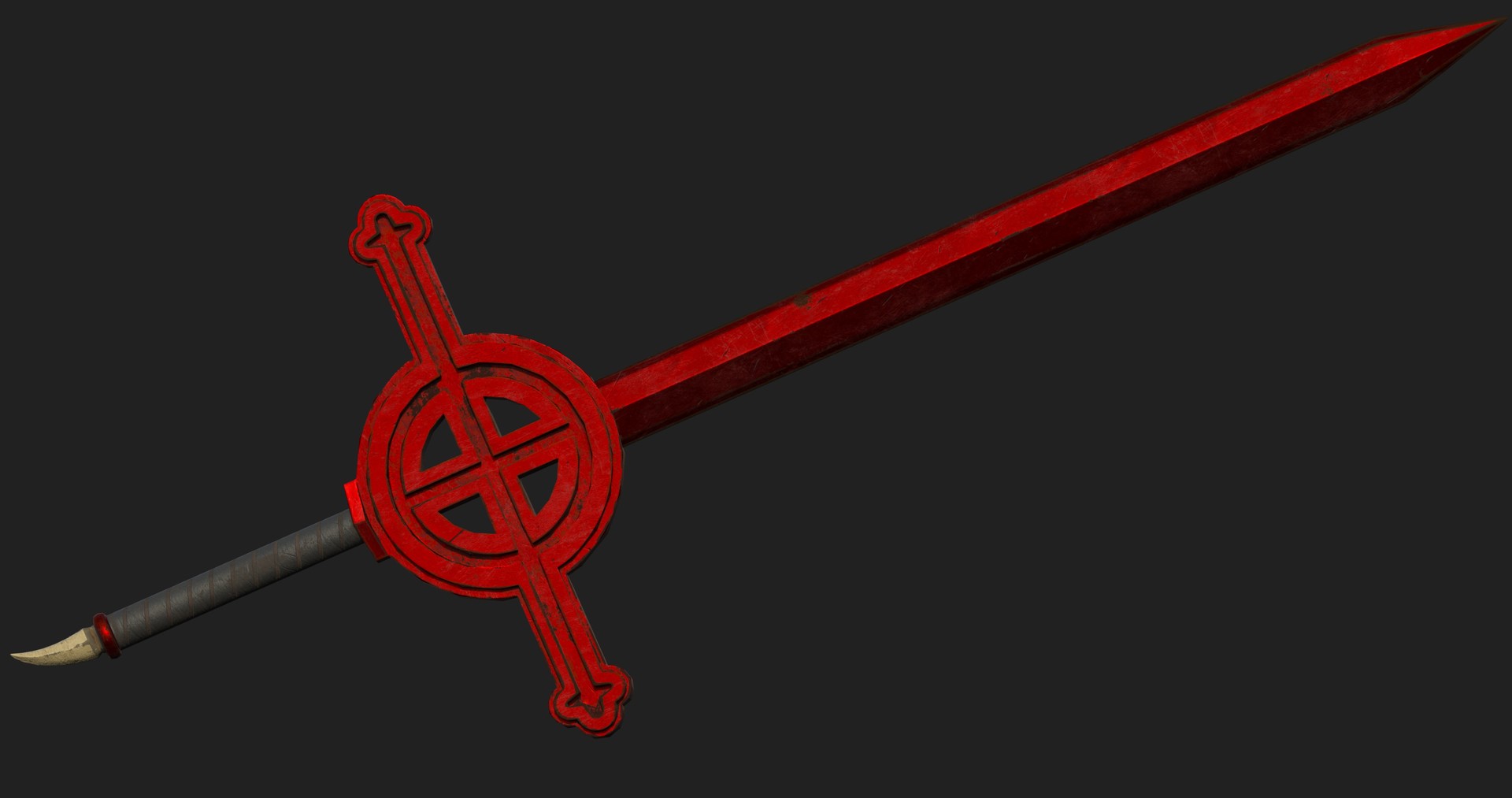 |
| Picture by Yuliya Litvinova |
Well, because elves don't need a lore post.
Like, gnomes and halflings both need work done if you want them to be interesting. Even sticking to the vanilla versions is still lesser than what you get with off-the-shelf elves. Dwarves have lots of lore but it's infamous for being cliché, so revisiting it and doing something fresh justifies itself. But elves? Elves get nothing but attention. They often have too much lore. Wasting more ink on them is an injustice and disservice to the other fantasy races. To other fantasy ideas. Elves are the most thoroughly fleshed-out and experimented with idea in nearly all fantasy fiction. Just look at the TV Tropes article. How the fuck do you get this much mileage out of one idea? How does D&D manage to always, inevitably have a million elven sub races in each edition even as they avoid that mistake with other races?
The thing is, we could try to have the conversation of "what is the elf, at its core?" Analyzing fantasy ideas often means reducing them to their most vital components, the thing that makes an elf an elf no matter what else you change. And when people have that conversation, they usually arrive at something like, "fancy, graceful humans with pointy ears and whatever other traits we culturally idealize (beauty, longevity, skill, knowledge, pale skin, starlight eyes, etc.)." If that doesn't do it for you, here's a way to avoid a debate: not everyone exactly agrees on what an elf is, but most people agree that David Bowie seemed to be more elf than human, which I would say is a solid rule of thumb to operate on.
But there is inevitably a conversation after that one. Because while most elves check off most items in that definition, they all have more going on. Even the original Norse elves or Tolkien's elves. So the next question is, "having now understood what elves fundamentally are, how do you expand on that to make them your own?" This is where the interesting conversations take place. Where you get cool and novel elves from.
Me? I want to have the next conversation. And I specifically want to ask, "what should we take away from Tolkien and early D&D's answers to the previous question? What did we take for granted as classic elf tropes that really do have some potency?" Hence, reconstructing the classic elf. Not exactly as it was before, but at least giving those classic tropes another look. Kiel Chenier has really creative and cool homebrew elves that are a perfect example of not the kind of thing I'm talking about today. No one would question that Warcraft's Night Elves are a fucking rad take on elves, as with the Elder Scrolls's bizarre elves and metal Dark Sun elves and so on. But none of those are classic elves, and most fantasy creators don't really consider just going with classic elves. But as long as we're trying our own hand at writing our own elves, I want to take a moment to explore this direction.























